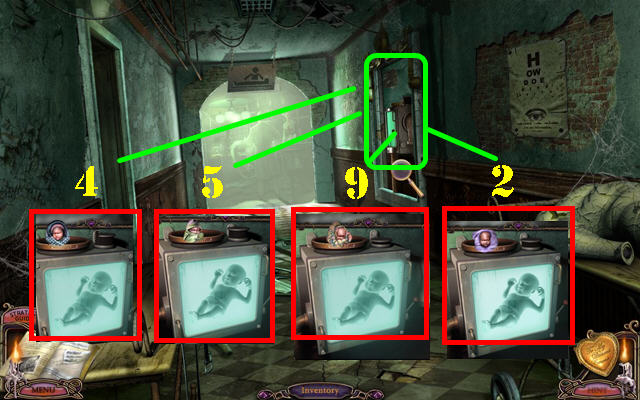


Patrick Wylie: Well, there were also a lot of fun discussions regarding the twins area of the game. Adrian has really good speakers on his computer, really good. It was fun watching the reactions of people who weren’t used to it. One case was the performance of Charles Dalmir was so over acted that during the next few months you could hear in the office “Victor! Take the device and run far, far, far, far…away!”Īdrian Woods: …and Charles licking baby Victor was unexpected AND delicious!Ĭhris Campbell: Well hearing the actor say, “run far far far far…away!” was also interesting because while dropping the voice over into the game, you could hear that clip echo through the entire studio multiple times a day. Jeff Haynie: During the filming session with the actors, we had great moments.

And the talent level… wow!Īny funny or interesting stories that you can share about the game’s development? Everyone worked tirelessly and truly believed in what we were creating I think it shows. This was the most efficient team I’ve ever had the pleasure of working with. We had very few roadblocks.Ĭhris Campbell: I’ll make it unanimous. Adrian and I outlined what we wanted to do, then executed on it. Getting it done in under a year felt overly ambitious at times, but we made it. The biggest challenges were decisions involving the blend of hidden object and adventure genres. This is a game I’ve wanted to make for some time so I had a pretty solid vision in my mind as far as story and general game design. How would you describe the development process overall? Smooth? Difficult?Īdrian Woods: Very smooth. This helped create an energy that the team was able to feed off of throughout production.Īnother efficiency that we had was that we began the art on this project much earlier which also contributed to more efficient pre-production and production phases.Ĭost for both games was between $500,000 and $1 million per game.Ī few additional costs included the introduction of live orchestra scores that we worked with Somatone on for Mystery Case Files: Return to Ravenhearst as well as Azada: Ancient Magic and Hidden Expedition: Amazon. As a result, the artists flourished and were able to develop twice as much art at even higher quality in the same period of time.įor Return to Ravenhearst, Adrian and Jeff started design work before Madame Fate was even finished.

Jeff led the art group to new heights while still creating an environment of creative freedom. Efficiencies came with leadership from Adrian, Jeff and Chris. Patrick Wylie: Surprisingly, Madame Fate and Return to Ravenhearst had very similar budgets and schedules. How did Mystery Case Files: Return to Ravenhearst compare to Mystery Case Files: Madame Fate in terms of development time, and budget? Mystery Case Files: Return to Ravenhearst was originally planned to contain no hidden-object scenes but we felt that experience might feel a bit jarring for fans of the series. It feels like a natural progression to dismiss the conventional map screen and let players directly explore a more detailed world. I’ve always been a fan of adventure games and saw a lot of crossover between the hidden-object and adventure game demographic. Why did you choose to evolve Return to Ravenhearst into a point-and-click adventure game (while still keeping its hidden object roots)?Īdrian Woods: We wanted players to experience a degree of immersion that surpassed previous games. Gameplay in Mystery Case Files: Return to Ravenhearst is radically different from its predecessors in the Mystery Case Files series.


 0 kommentar(er)
0 kommentar(er)
